|
|
 |
| Volume VII, Number 1 |
Toy Supercars of the 1950's |
|
|
 |
| Volume VII, Number 1 |
Toy Supercars of the 1950's |
The term 'supercar' is used in a variety of ways so right from the start,
let's get the definition straight. Supercars are those rare models that
can be seen as above or beyond all but a handful of competitors. They look
sexier, are quicker, faster, sound better, handle better and cost more,
usually a lot more, than normal cars. These are the 'statement' cars that
manufacturers build to establish their place in the automotive food chain.
All have sporting capabilities but may be able to carry up to five persons.
These are the cars we never forget. They are in the automotive books, on
the calendars and featured in movies. Only a select few ever own one and
just a chance to drive one is a goal seldom realized.
They must be fast and top speed is one way of defining a supercar. In the
1950's, they had to be able to exceed 125 mph. In the 1960's, 140 became
the benchmark with a bump to 150 for the gas-starved 1970's. For the 1980's,
top speed of 170 was required, moving to 180 for the 1990's and 190 mph
or more for the supercars of today. While these numbers narrow the field,
they are not the final determining factor. A true supercar is more than
the sum of it's parts. Supercars are instant collector cars from the day
they are introduced. Many European luxury cars and American muscle cars
have the straight-line speed but they are not and can never be supercars.
While in the final decision, supercar identification must be subjective,
it is also subliminal. Supercars can weaken men's knees and women's virtue.
They have a power that transcends their top speed or 0-60 times. For anyone
age 3 to 103, to see and hear a supercar is to create a unique memory and
desire for such a magic machine.
Toy car makers love supercars. Toy Ferrari and Porsche models are easy to
sell and always catch the eye of kids and collectors alike. The following
is part one of a three-part survey of small-scale supercars. We begin with
the 1950's with a second story on post-2000 models.
Next month the 1960's and 1970's will be offered followed by the 1970's
and 1990's models. Perhaps most surprising is how many supercars do not
exist in small-scale and a list of these 'missing-models' will be offered
with each story. Some enterprising toy car maker should take note.
Supercars of the 1950's
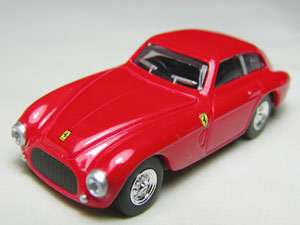 Ferrari 166M - Kyosho |
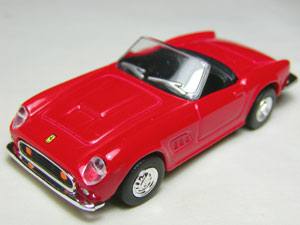 Ferrari 250GT Spider California - Kyosho |
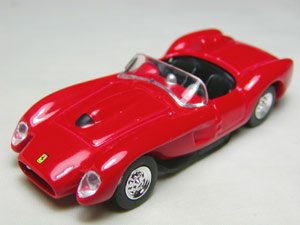 Ferrari 250 Testarossa - Kyosho |
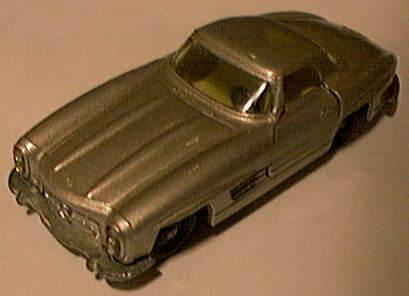 Mercedes-Benz 300SL Roadster - Siku |
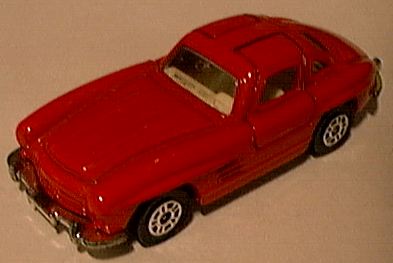 Mercedes-Benz 300SL Coupe - Corgi |
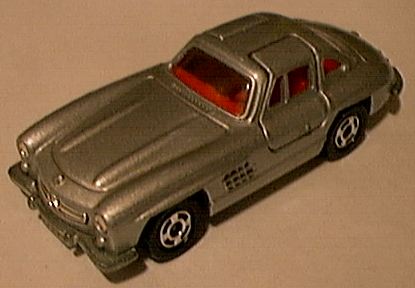 Mercedes-Benz 300SL Coupe - Tomica |
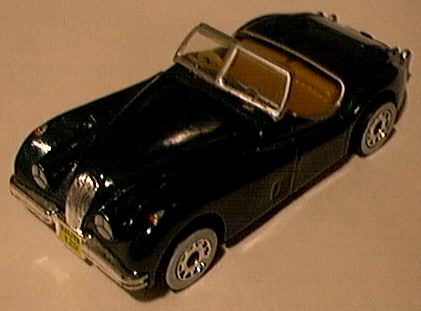 Jaguar XK120 Roadster - Matchbox |
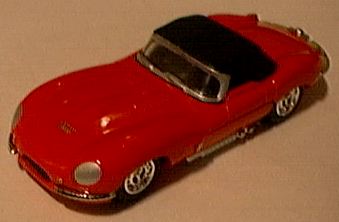 Jaguar XKSS - Hot Wheels |
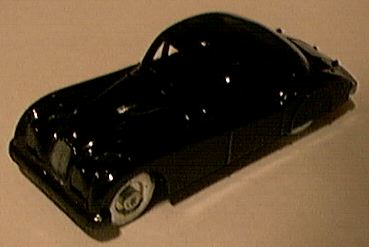 Jaguar XK140 Coupe - Matchbox |
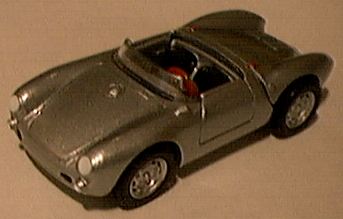 Porsche 550A Spider - Hot Wheels |
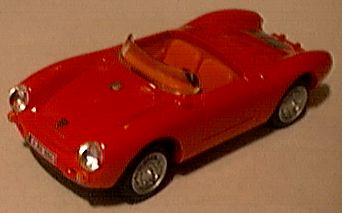 Porsche 550A Spider - Hongwell |
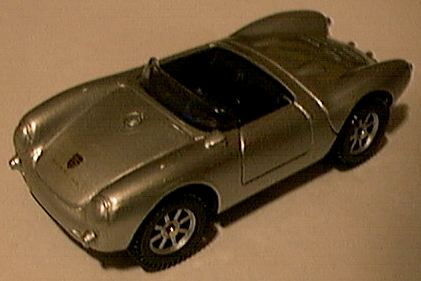 Porsche 550A Spider - Maisto |
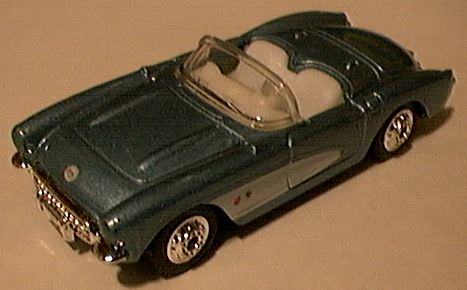 1957 Chevrolet Corvette - Welly |
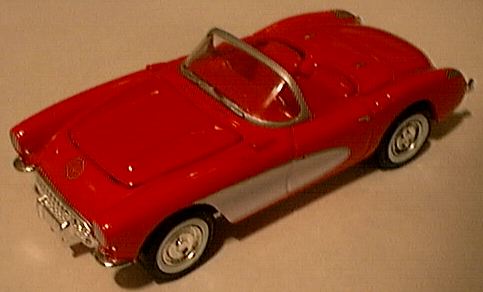 1957 Chevrolet Corvette - Racing Champions |
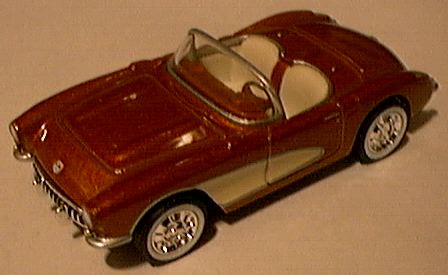 1957 Chevrolet Corvette - Matchbox |